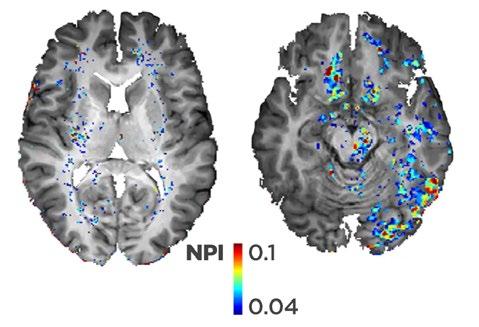
1 minute read
New technology from Ben-Gurion University protects football players’ brains
Risk Of Playing Football
Football is full of tradition: crisp fall air, the roar of the crowd, and touchdown dances. But more and more research is emerging about the darker side of football and the toll it takes on players.
Football players are at increased risks of serious side effects from repetitive trauma to the brain, specifically chronic traumatic encephalopathy (CTE). CTE, which results from repeated impact to the head, can lead to cognitive impairment, changes in behavior and mood, dementia, and even early death.
Previously, researchers were only able to diagnose CTE by examining the athlete’s brain after death. Now, researchers at Ben-Gurion University have developed a methodology that can determine whether people have CTE or are at risk of developing it by using brain imaging and predictive analysis while they are still actively playing.
A Window Into The Brain
Ben-Gurion University researchers use specially developed MRIs to take images of the blood-brain barrier (BBB), a network of closely woven blood vessels and tissue that keep harmful toxins or pathogens away from the brain. The imaging can determine if the BBB is intact or whether there have been disturbances that are allowing dangerous substances to pass into the brain itself, which can cause brain diseases. Natural aging can also lead to some degeneration in the BBB, but that kind of degradation generally doesn’t happen among young and healthy athletes.
“Since a leaky BBB is also found in CTE and causes brain dysfunction and degeneration, it now seems that this test could provide the first (and so far the only) evidence for brain injury in the players,” Professor Alon Friedman M.D., a neurosurgeon and researcher at BGU and Dalhousie University in Canada, told the Jerusalem Post.
“We believe that those with persistent leak encompassing months or years are more likely to develop CTE,” Friedman explained. But the MRIs can also provide good news, he said. By testing the athletes over time, they were able to watch as some of the players had BBBs that were able to repair themselves fairly quickly. If those players did not suffer from repeated trauma while they were healing, they were unlikely to develop CTE.
Control Player








